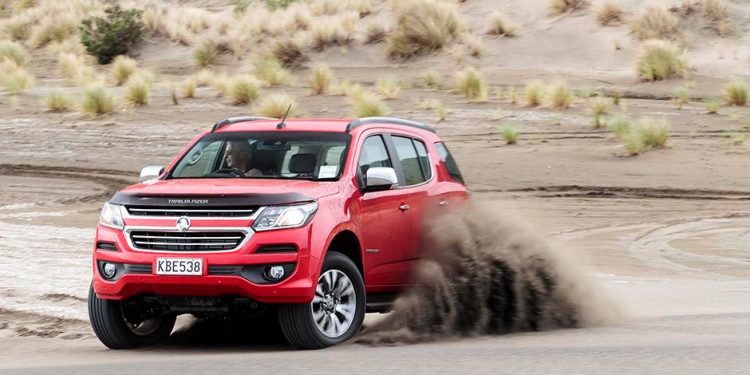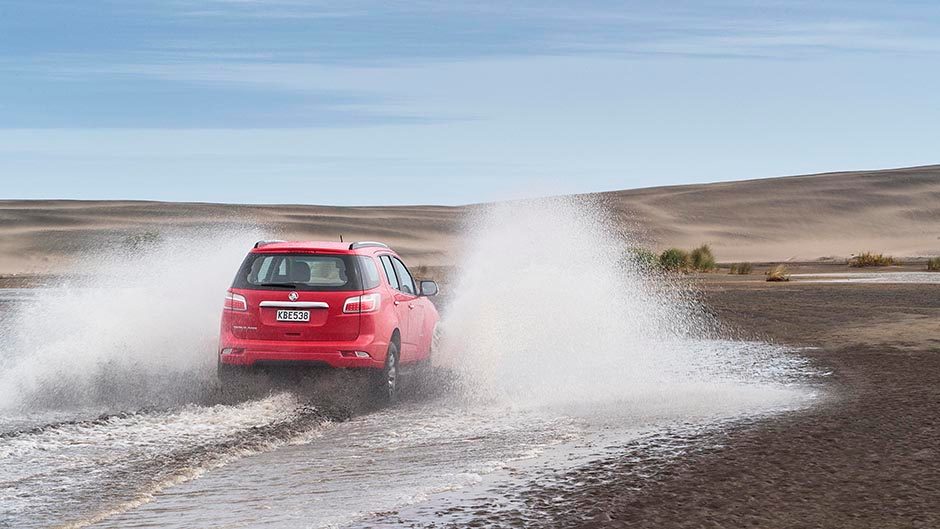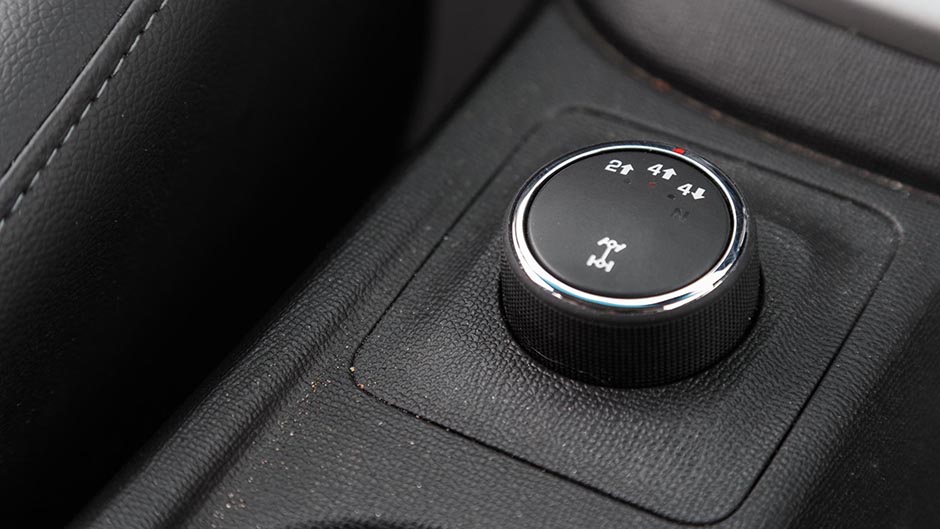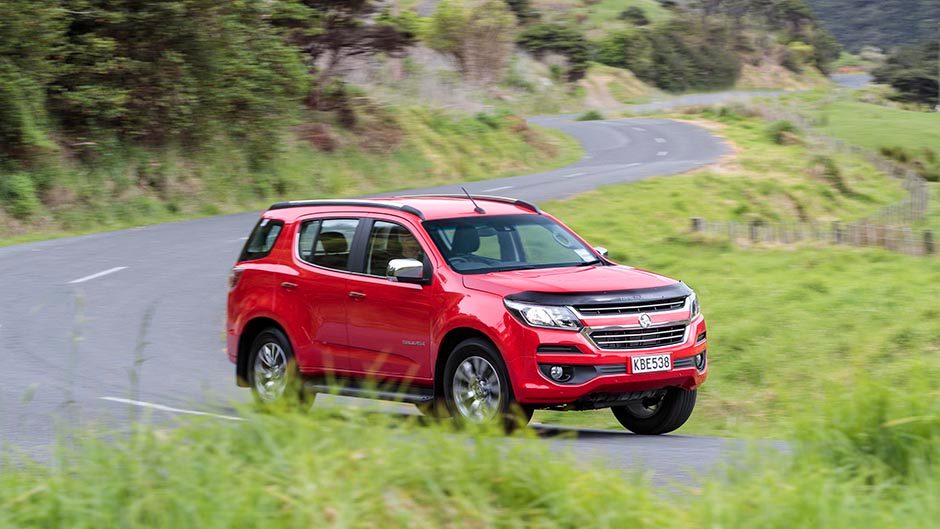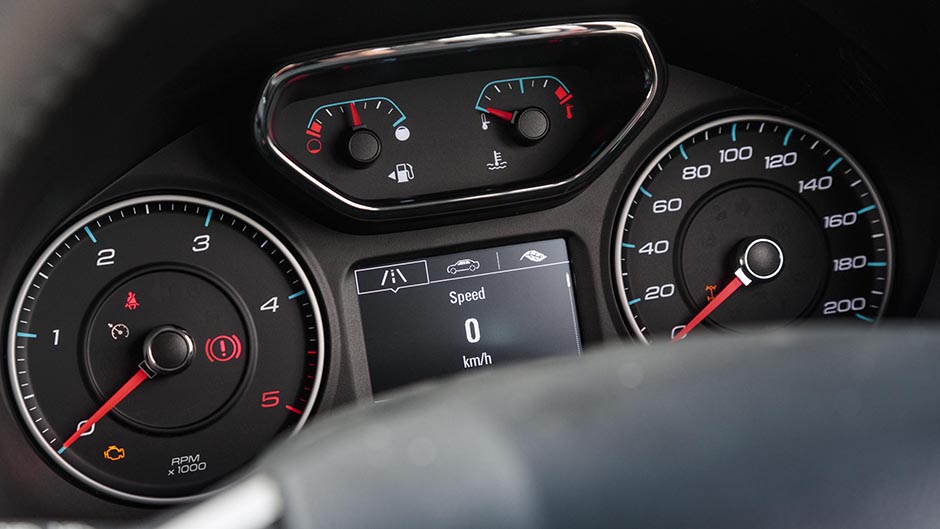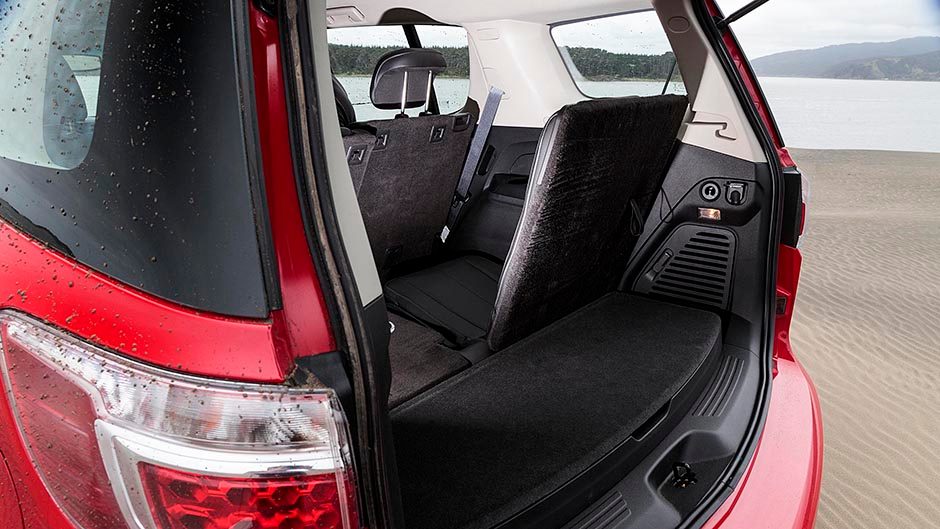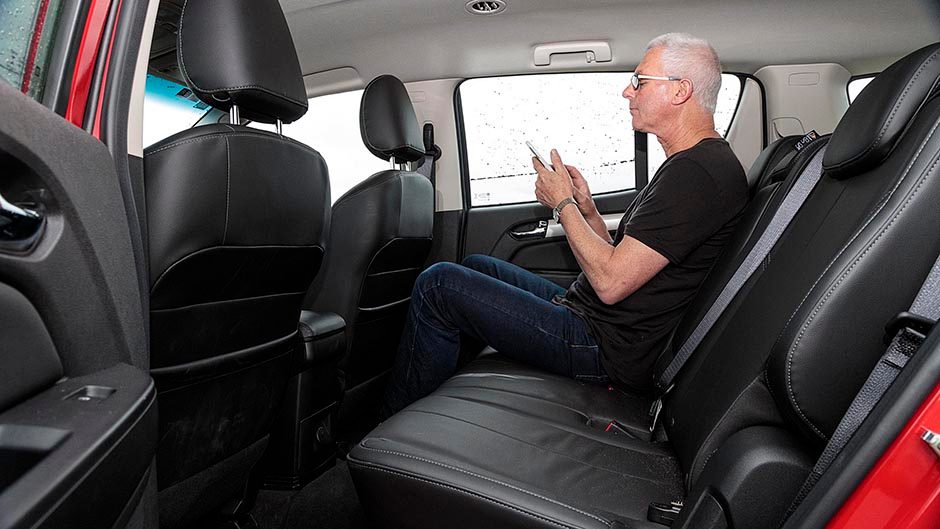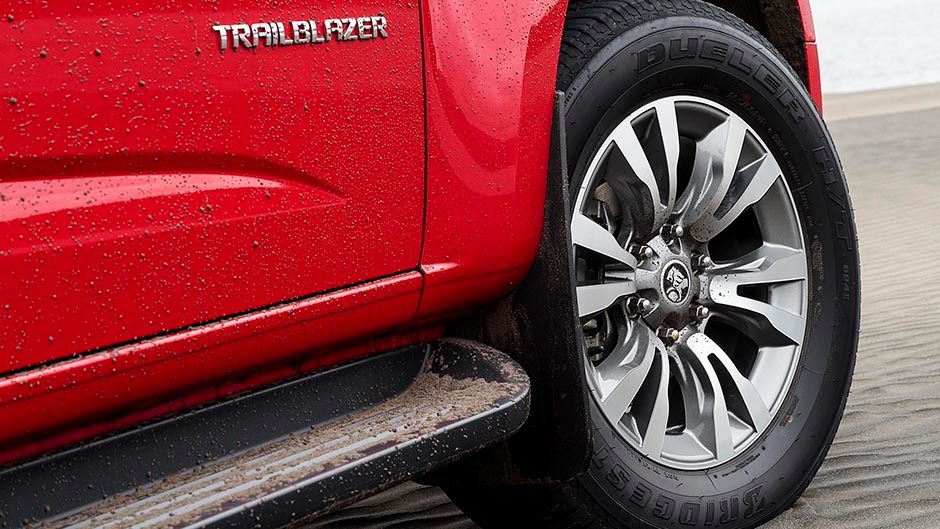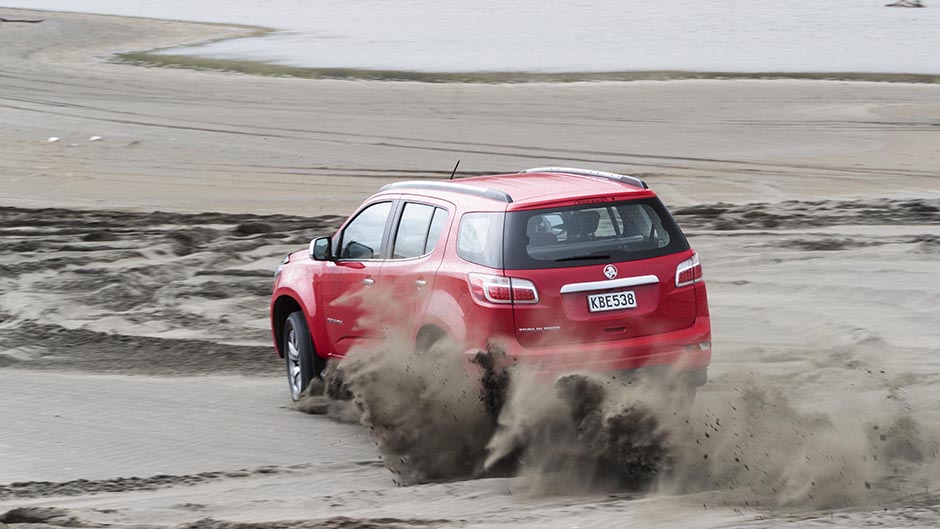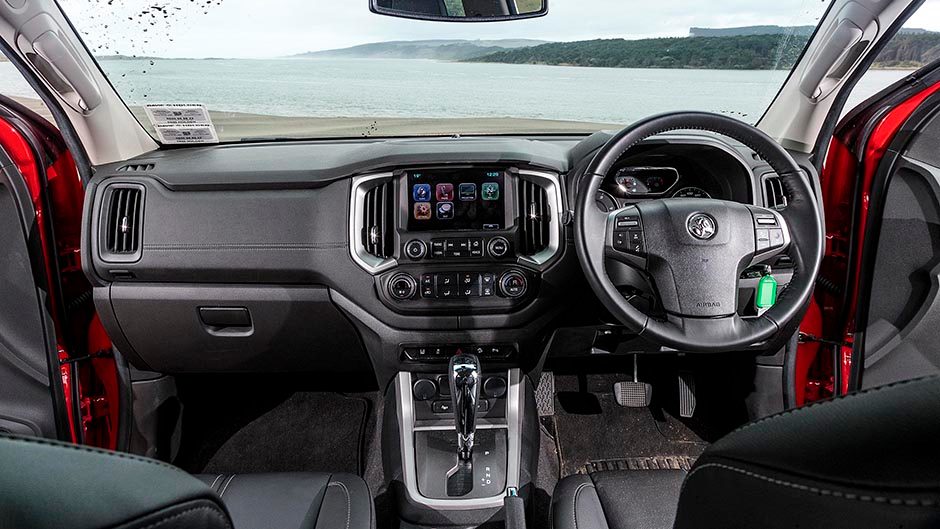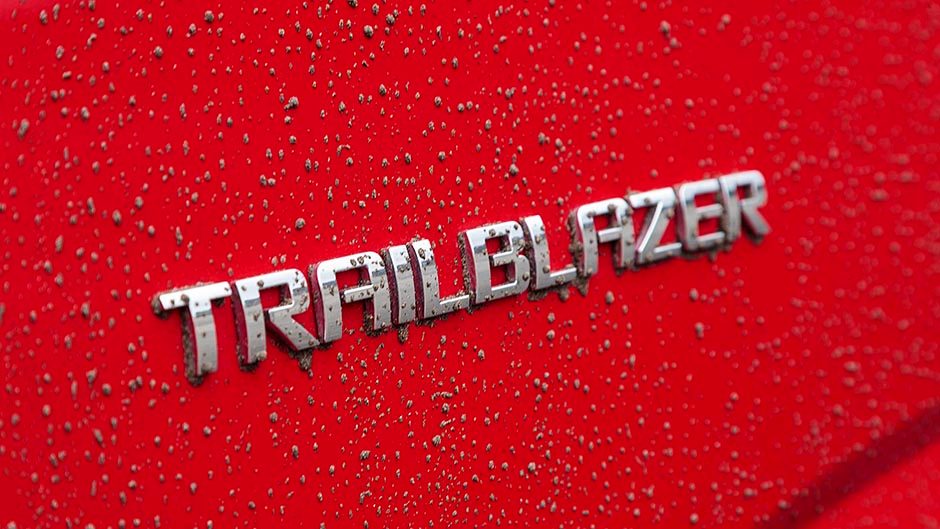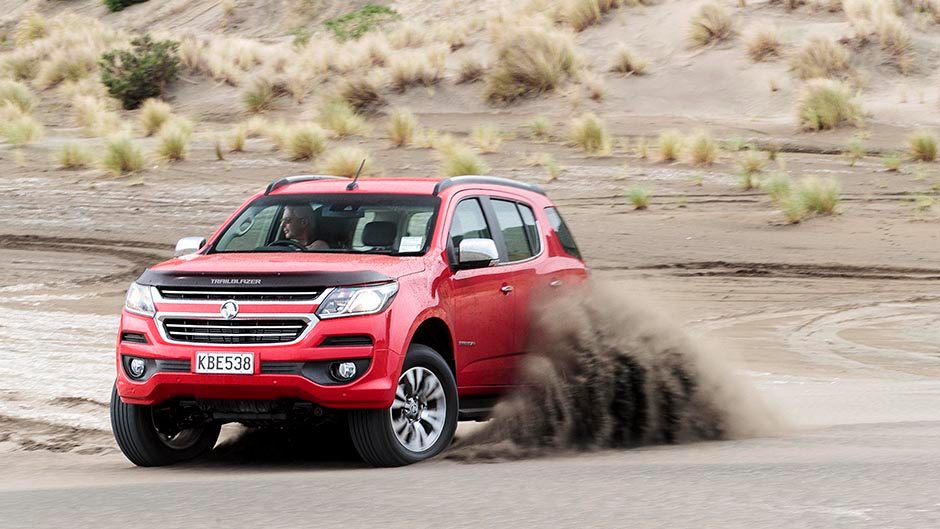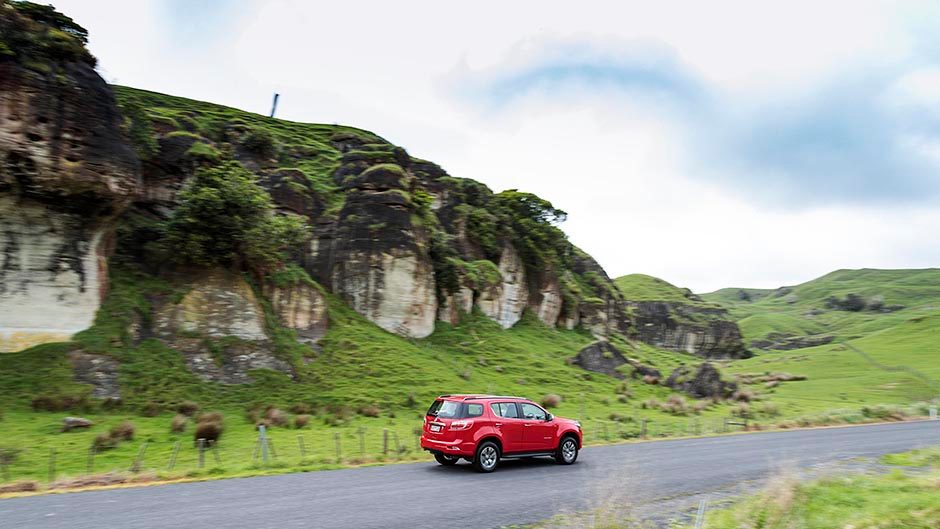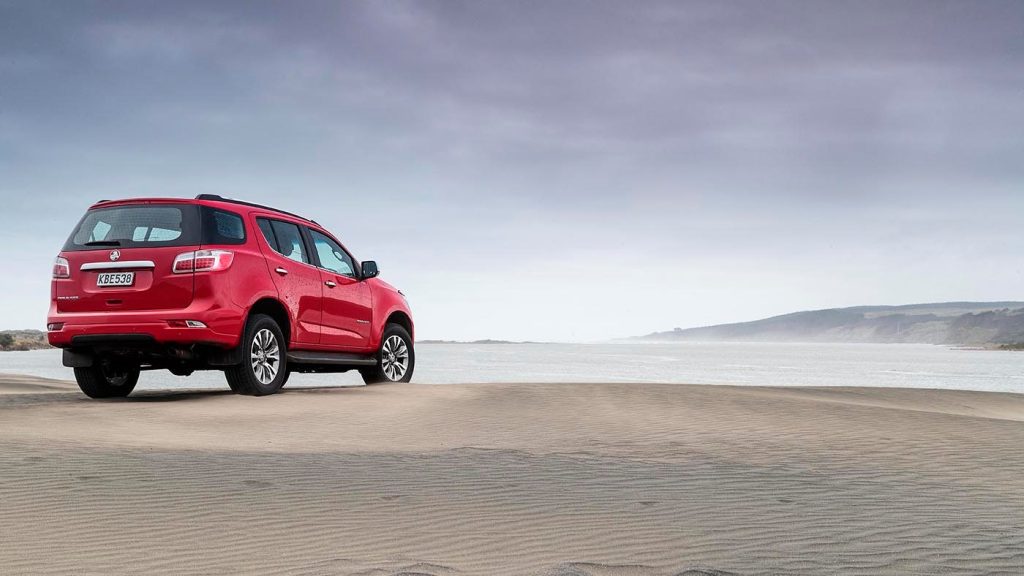2016 Holden Trailblazer LTZ review
Words: Peter Louisson | Photos: Tom Gasnier
Gone is the Colorado 7 nameplate and in its place Holden’s new Trailblazer badge. Incorporating updates from its facelifted benefactor, the Colorado pick-up, is Trailblazer better than its forebear?
While most will recognise Holden’s Trailblazer as an updated Colorado 7, the new name is a sensible change, suggestive of off-road fun that’s all part of this vehicle’s genetic make-up. GM probably wanted to differentiate better the ute and the SUV based on it, despite them both sharing the body-on-frame build architecture and the powertrain. But the Trailblazer uses different rear suspension and is smoother, and more refined on road as a result. Not much more, but it’s noticeable. It’s also quieter than it used to be, this time by more of a margin, and the top model is also reduced in price, now $4k cheaper at $62,990. It’s now arguably the pick of this genre. Compared with Fortuner, even the top LTZ model featured here undercuts the base Fortuner by $10,000, (the top model by $16k) and then proceeds to run circles round it for performance. Much the same is true of Ford’s Everest which is bigger but scales the heights – the base Trend model costs $13k more, (Titanium $25k more) and weighs an extra 250kg – while still not holding a candle to the Trailblazer for straight line speed. Mitsubishi’s Pajero Sport VRX 7 is even more expensive, at $66,990 and still isn’t as quick.
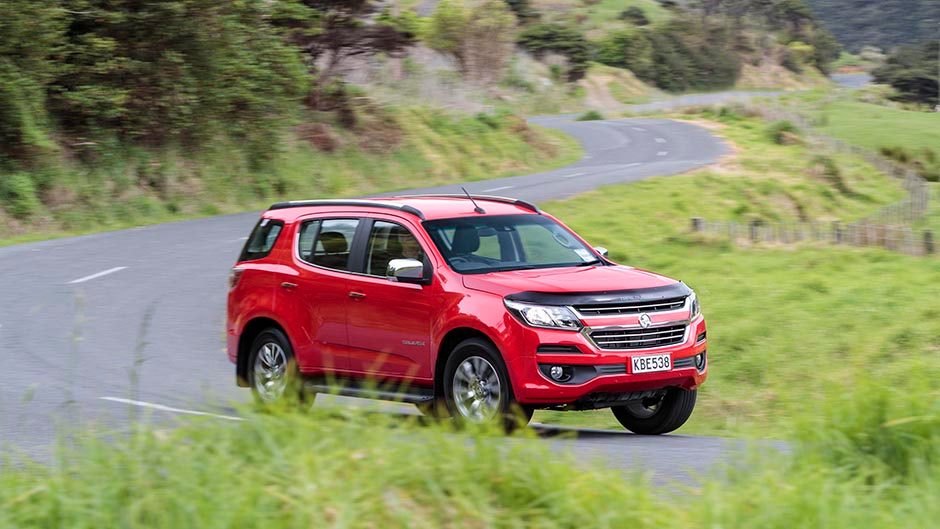
In fact, of this genre, SUV based on pick-up mechanicals, only the Holden manages a 0-100km/h run in single figures. The others aren’t really even close, in the mid 10s to 12s. This might not seem all that relevant, except that the overtaking figure is closely related to the sprint time, and the less time spent on the wrong side of the road, the safer you and your six significant others are on any given journey. Should the worst happen, the Trailblazer rates a five-star ANCAP crash figure.
This type of SUV has become increasingly popular over the years, at least among the manufacturers, mirroring the rise of the SUV in general. As to the general public, they’re not quite so convinced. None is really selling brilliantly. Perhaps that’s because the extra seats eat into load carrying capacity, and few need the off-road capability.
These vehicles are solid, constructed using the body-on-frame technique for best off-road ability but it also makes them grand tow machines, in this case 3000kg braked trailers. On the other hand, they are amongst the least capable of SUVs on regular roads. However, they are a step up on the regular utes upon which they are based. That’s because they don’t run the same load-lugging rear suspension as their ute counterparts, which themselves are increasingly useful on the black stuff. Still, the SUVs based on the utes won’t ever be as popular – while they are more versatile in off road and towing situations, they’re not as refined as a result and are generally more expensive.
What’s special about Trailblazer, apart from the new macho name, is its powertrain. And the fact that, unlike the Everest, it’s not pushing something weighing almost as much as a small mountain. The Ford weighs almost 2.5 tonnes, the Holden 2.2, and that largely explains the difference between them for performance. That said the four-cylinder 2.8-litre turbodiesel in the GM machine produces more torque than the Everest five-potter, delivering an even 500Nm to the Ford’s 470Nm. There’s about 7kW difference on the power front, again in the General’s favour. By launching in 4WD we eked out a best 0-100km/h time of 9.2sec, and with particularly tall gearing (100km/h equates to 1550rpm in sixth) overall fuel use is acceptable, at around 9.7L/100km.
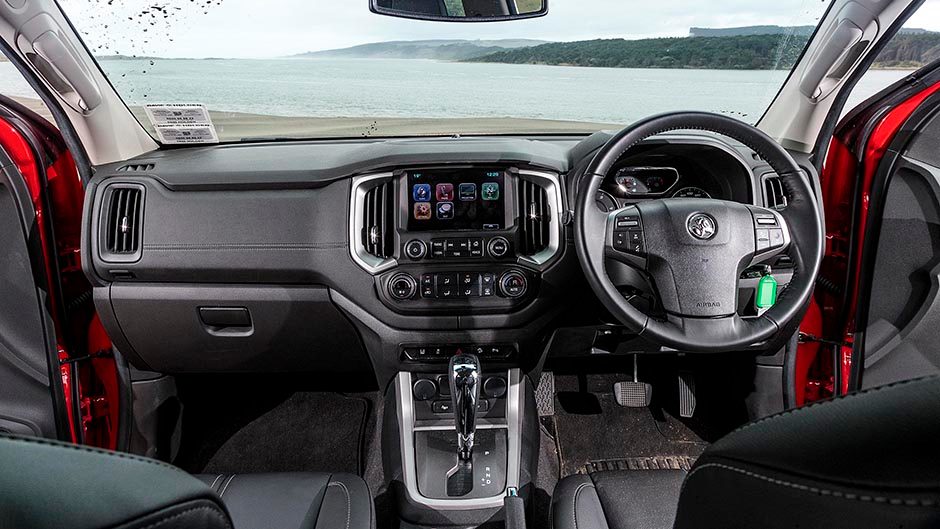
It also manages an overtake without fuss, all of its torque generated down low, and for general use 2500rpm is heaps. In town it’s generally shifting to the next of its six gears by 2000rpm. There are no modes or maps (except nav) and the only thing you might rarely fiddle with is 4WD. Holden recommends using it only during off-roading or on slippery access tracks. On road, you get a heap of binding as soon as you turn the wheel in slow going and it doesn’t enhance handling anyway. Off road, we soon got stuck in sand in 2WD, but chugged out no worries with four paws clawing away. It shifts between AWD and rear drive quickly too. And there’s also four low for true mud plugging, should you be the Dr Livingstone type.
It’s a useful engine on the go, and not too noisy either. In fact, it’s a much more refined thing to drive than the Colo7, though perhaps the vast lift in interior ambience is partly responsible for giving that impression. By the dB meter it is more hushed than before, never hitting the 70s, and generally in the 67-68dB area. The average figure for the Colo7, by the by, was 71dB. The tyres, Duelers, work quite well in the dry, telegraphing the fact you’ve overcooking things by squealing their displeasure. That’s about the same time the understeer gets serious and the ESP sets the ABS brakes to juddering. You only do this once or twice and then you’ve got some sort of a handle on the Trailblazer’s grip limits.
The other big giveaway this is ute based is the steering, which is distant, and is typical of the breed with tall tyre walls. Still, it rounds up into bends more quickly now, and you don’t feel fatigued from twirling the wheel after a stint in this, the move to electric steering and a quicker rack telling. Even three-point turns are no big deal; the clear view in the eight-inch screen from the rear facing camera, and sonar proximity warning devices front and rear helping in that regard. The generous rearward view out through all the mirrors is a bonus as well.
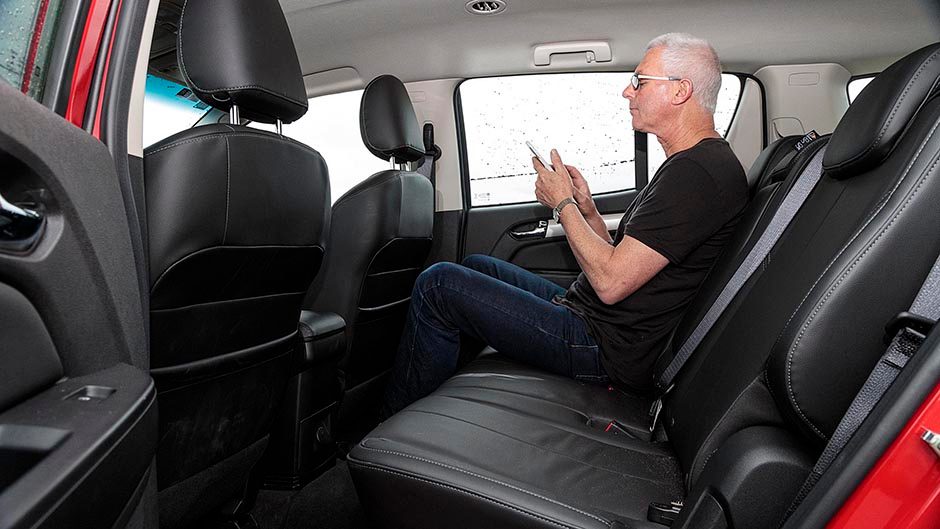
While the cabin is transformed with new instruments, and smart colour screen for the latest generation of MyLink, perhaps the least likeable aspect of the new Trailblazer is its retention of a two-way adjustable steering column or, more accurately, the lack of adjustability in the fore and aft plane. That means you tend to sit closer to the wheel and pedals than you might otherwise, which makes ingress tricky, and your left knee is in close proximity to a hard plastic edge projecting from the centre console that might well do damage in the event of a collision. However, LTZ Trailblazer has some active safety gear that should help avoid such eventualities, like forward collision warning, helpful in stop and start traffic, lane departure and blind spot warnings, and rear cross traffic alert, all handy in a big vehicle.
There’s no active cruise though, and we missed not having comfort entry, especially pushbutton start because the ignition barrel isn’t visible behind the multifunction wheel, and it’s hard to peer around the corner given how close the wheel is to the dash. Aaaarh. We missed not having lumbar adjust too, though the leather clad pews are more comfy than they used to be. Power operated and heated they are too, just like the mirrors. There’s a fair amount of gear on this, including rear air con, remote starting off the key fob for ease of warm-up and MyLink connectivity along with voice control. But there’s not enough oddments storage space up front, and even getting two takeaway coffees snugged in behind the gear lever is a bit of a mission.
Still, overall it’s a much improved vehicle over Colorado 7, especially for refinement. The cabin in particular is now a more pleasant place to hang out. If you just must have an off-road, tow-ready seven-seater SUV, this is the performance leader and rivals Pajero Sport as best value in sector. But as a genre, they’re not the best riding or handling large SUVs, nor do they have the most load capacity. Monocoque-type crossovers are much more car-like to drive so question carefully whether you really need all that off-road capability and tow power before pulling the pin.
| Model | Holden Trailblazer LTZ | Price | $67,990 |
| Engine | 2776cc, IL4, TDI, 147kW/500Nm | Drivetrain | 6-speed auto, switchable 4×4 |
| Fuel Use | 8.6L/100km | C02 Output | 228g/km |
| 0-100km/h | 9.29sec | Weight | 2203kg |


